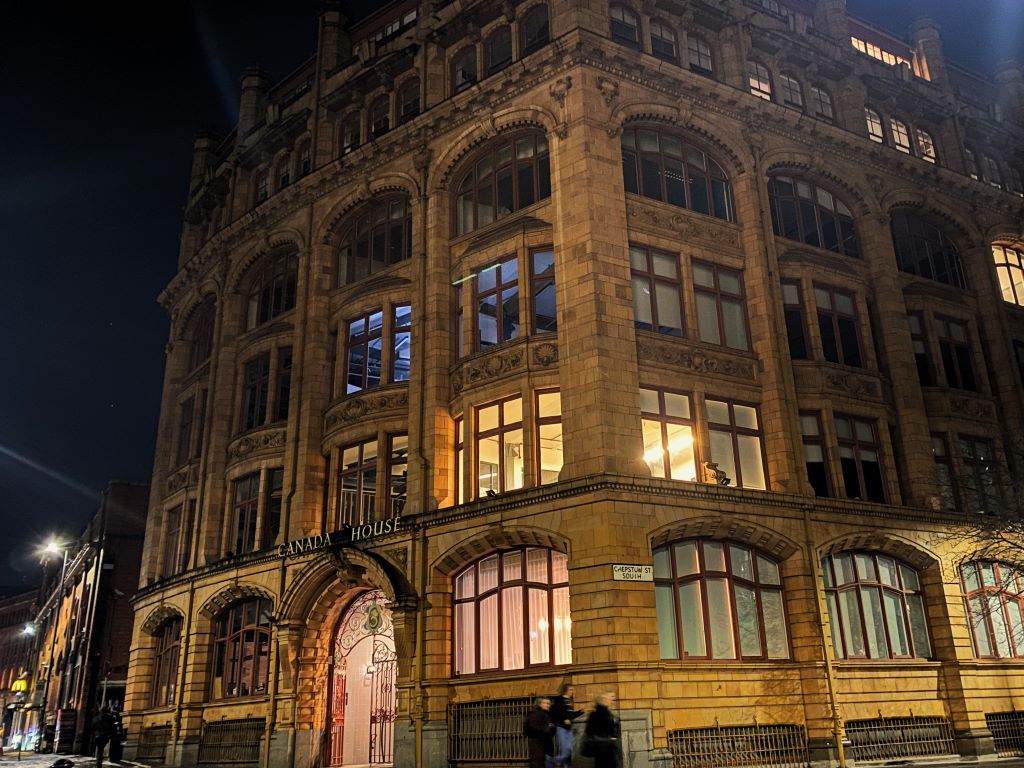Hope renewed
As major developments on the ever-changing Liverpool skyline reach their conclusion – retail colossus Liverpool One and the Arena & Convention Centre chief among many – one area of focus is set to move increasingly into view in the coming years.
The eastern fringe of the city centre, dominated by Hope Street's cultural attractions and the universities, will be one of the main planks of the new-look Liverpool Vision's inaugural business plan.
According to the Knowledge Quarter Prospectus published recently by the economic development agency, the area turns over £1bn a year GDP and boasts 14,000 full time equivalent jobs.
Plans are being drawn up with Vision and partner organisations for a series of public interventions to create new linkages and squares, improve streetscape, furniture and lighting.
Numerous private developers, including Maghull on Hope Street and Neptune on Lime Street, are driving an unprecedented level of applications for the area through planning. Both Liverpool University and Liverpool John Moores University have bold estates restructuring programmes underway.
- Josephine Butler House
- Hope Street Hotel extension
- 68 Hope Street
- 2 Blackburne Place
Click on the gallery above to enlarge images
Jim Gill, chief executive of Vision, says: "There needs to be a recognition of how important that part of the city centre is. In many ways it is the remaining hole where there hasn't been a great level of redevelopment. The eastern side between Lime Street and the universities is a huge potential area for development.
"Unless you're in the universities, you wouldn't necessarily name them as important in the city but they are world class universities.
"We have to make it a priority to properly link the universities to the city centre."
Arguably the most striking among the academic works is the new Art & Design Academy for JMU, pictured, which is a £24.1m, five-storey sculptural building designed by Rick Mather to sit alongside the Metropolitan Cathedral on Mount Pleasant and Brownlow Hill. The academy is set to open later this year.
The first phase of Neptune's plans for a major mixed-use series of buildings on Lime Street are being designed by Studio Egret West at the moment. No images have yet been released.
Already on site is the Hope Street Hotel with a new-build extension of 40 beds, although contractor Nobles Construction recently parted company with the scheme over differences relating to the delivery programme.
Maghull Developments has secured planning for three of its four schemes within the Hope Street Project, having been appointed by JMU as preferred developer to take on its vacated properties when it moves to the new academy.
Maghull plans to create a £100m mixed-use development with hotel, offices, retail and apartments, designed by UAD and Falconer Chester Hall Architects.
The plans cover Josephine Butler House, the Hahnemann Building at 42 Hope Street, 58 Hope Street, 68 Hope Street and 2 Blackburne Place.
Josephine Butler House, at the junction of Hope Street and Myrtle Street, will be converted into 20,000 sq ft of ground floor retail and restaurants with 115,000 sq ft of office accommodation on the upper floors. The sixth floor will contain a 7,000 sq ft bar and restaurant with outside terrace area offering unrivalled views along Hope Street to both cathedrals and over the city. Josephine Butler House will also provide three levels of basement car parking.
The Hahnemann Building, still pending planning, will be refurbished into a 63-bedroom five-star luxury boutique hotel with restaurant, bar and luxury day spa. The listed buildings of 68 Hope Street and 2 Blackburne Place will be refurbished to provide a total of 54 apartments for owner occupiers.
Ian Jones, chairman of Maghull, says the project will bring new life and business to the area and create 350 new jobs. He adds: "In the year which sees Liverpool host the capital of culture it is more important than ever that we address the issues of space, heritage and progress. Liverpool's legacy of chronic under-investment is evident all too readily around Hope Street.
"You need only look at buildings on Hardman Street, in particular the Purple Apple building, to see how years of under investment and under regeneration look. This is an opportunity to give this site a new lease of life."
The university district is a strategic site in the North West Development Agency's business plan and Vision will be making a case shortly for grant funding to help improve the streetscape and drive further investment in this knowledge quarter.
An underserved part of the city centre is set to gain its own spell under the development spotlight, with promising results.










